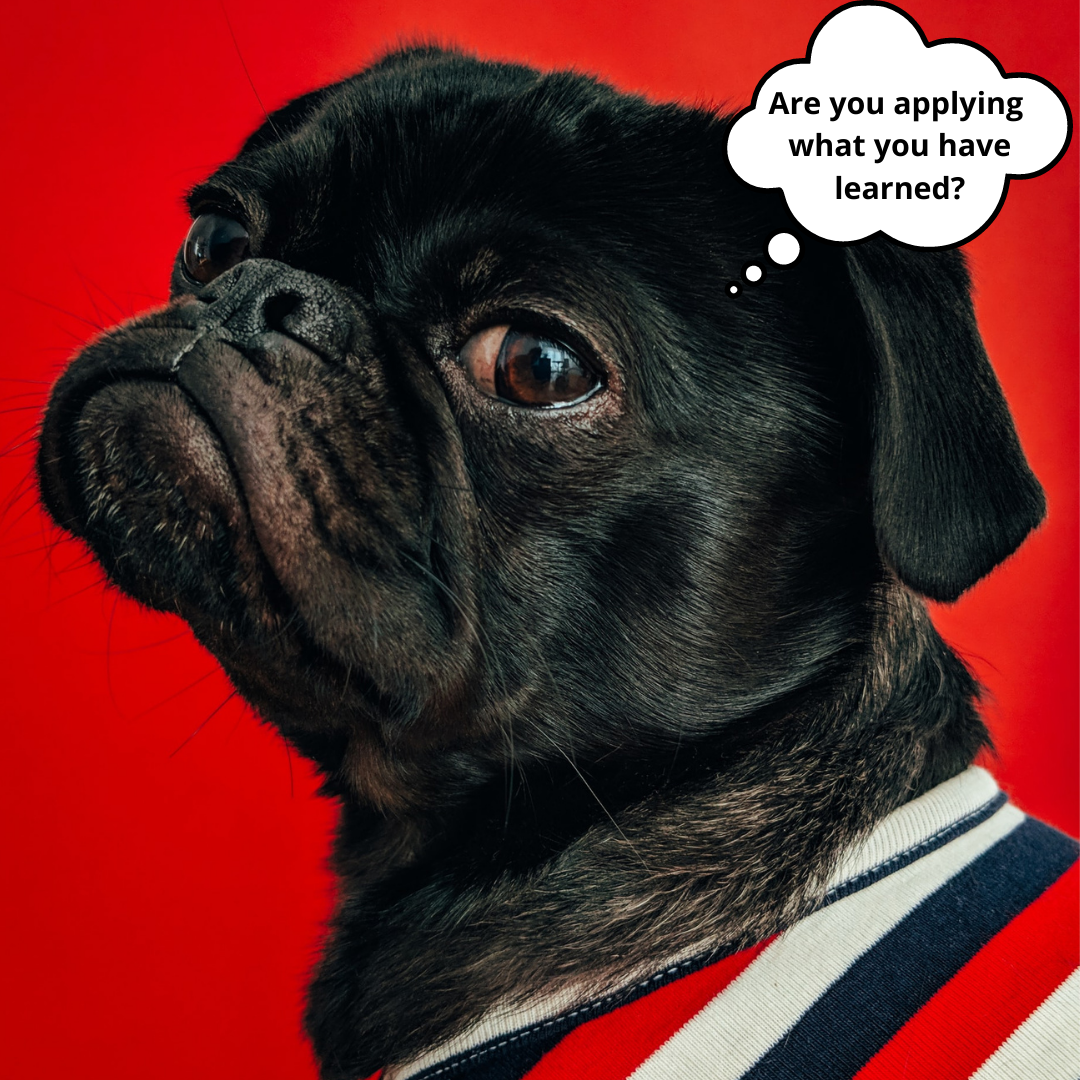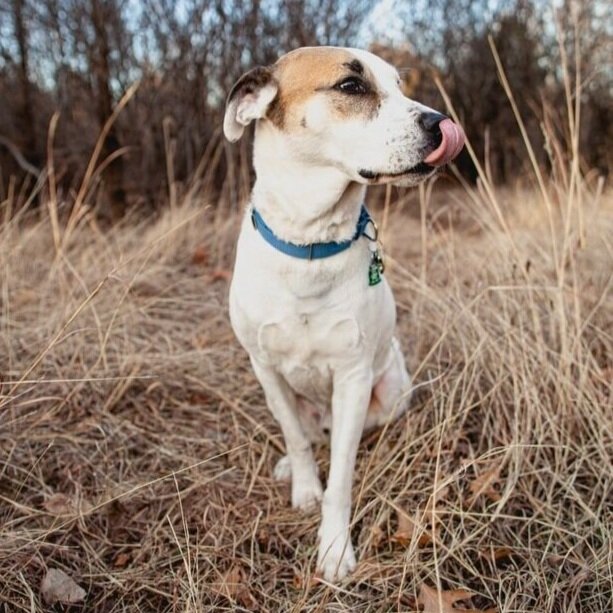How to use trial and success learning to our own behaviour?
Many times we don’t even bother trying to learn a new skill. We convince ourselves that it’s not for us. When what we could do is to find the first successive approximation and start learning through a fun and successful process.
Controversial advice - Reinforce unwanted behaviour
Many of the problem behaviours are a product of unintentional reinforcement that comes at the wrong time. It's better to reinforce quickly to keep the behaviour short and put more intention into all of the interactions with your dog. Remember, it's not just during a training session that your dog learns!
Are you applying what you have learned?
Creating habits is known to many people. When you hear about it, it sounds so obvious! You might even be able to teach others about it as you have great advice that works. The question is, are you using this advice?
How to create habits with the help of technology?
How many of us failed in the past trying to create a new habit?
This time, I tried something different and I was building on a habit that I already have. Now, after 6 months, I can fairly say that I managed to build a new, solid habit of learning Spanish 20 min a day every day. In the blog, I share what helped me achieve that and few other surprising learning points!
Training animals as an art form
I believe that the more we see animal training as an art form, as a process that never has an end line and as mutual exchange - learning with and from the animal, the bigger the chance we will be constantly improving. There is always more to learn, even for the most experienced trainers. Enjoy the ride!
One of the least known signs of fear in dogs
I've been there too! I saw a dog who is coming to me, being all cute and affectionate and I believed he is happy to see me. As long as it can be the case, there are times when dogs affection can mean "I'm not a threat to you, I won't harm you, I love you, please don't hurt me!". Watch out for the little signs and help your dog get more confidence around people with positive training.
Fear in dogs - how it looks like and what to do with it?
Fear in dogs is not always easy to recognise and many people misinterpret it. Dogs don’t come with the manual and it’s normal we don’t know everything. Learning to recognise the signs, sometimes very subtle can help you understand your dog better and give him a happier life. To see a change from a fearful dog to a confident companion, to me, is the most beautiful thing to observe.
Even fish can be positively trained (video)!
There are no animals that cannot be trained or make significant progress with training. Seeing progress they make is the best feeling and reward for all the time originally put in training. It makes it all worth it!
See the video of fish doing tricks. I hope it will inspire you to start/continue with training!
Reinforcing unwanted behaviour and micro-shaping
I'm not afraid of allowing the dog to briefly do things I might later want to change. I know how shaping works and how small a start of a behaviour can be. And when I have a starting point I will continue to micro-shape it until I see the behaviour that is acceptable for everyone (including the dog).
The truth about stress-free life and teaching
Is stress-free life about creating a life for dogs or people that will keep them in a bubble without any stress? Or is it about building skills ahead of time so when the stressful situation happens, they are equipped to cope with it?
Unpacking labels and ability to learn
Labels can be very useful in day-to-day life to communicate with each other faster. It might get tricky once the label becomes a force that we tend to blame for certain behaviours. I would like to encourage you to start unpacking the labels to find solutions. We and our animals are not doomed to our current circumstances. We can make progress, we can learn and we can change our current behaviours.
Impulse control vs. trial and success learning
Instead of trying to develop an impulse control inside the animal, I much rather prefer to focus on teaching the essential skills that my dog needs. When you teach all of the skills step by step, you teach by adding successes not by eliminating errors.












